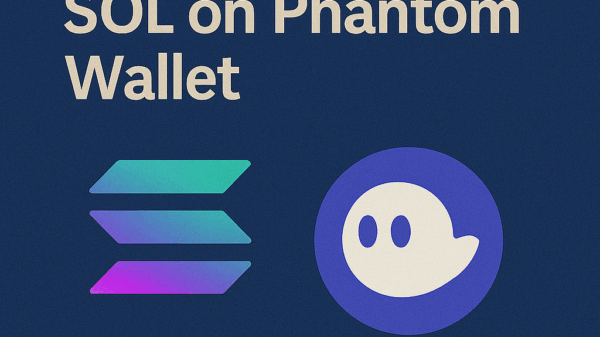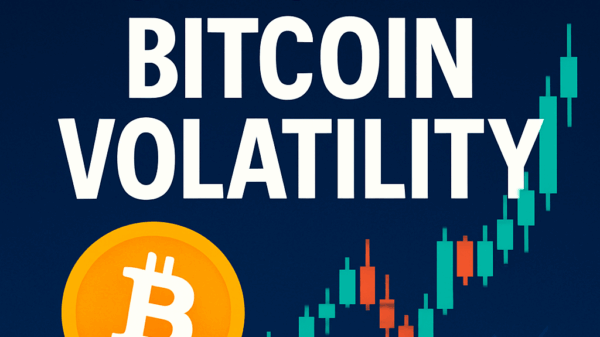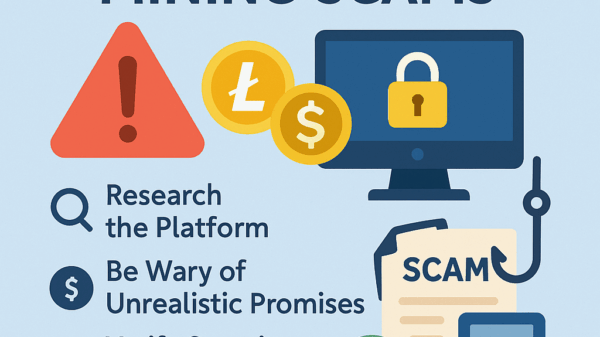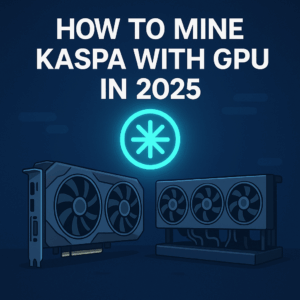How to Choose the Best ASIC Miner
By Jason Miller – Crypto Writer 10.expert 🧠 Covering Bitcoin, altcoins, blockchain & Web3.
As a crypto writer and analyst, I’ve seen countless individuals drawn to the allure of cryptocurrency mining. While the dream of turning electricity into digital gold is compelling, the reality is that successful mining in 2025, especially for major cryptocurrencies like Bitcoin, largely hinges on one crucial decision: choosing the best ASIC miner.
ASIC (Application-Specific Integrated Circuit) miners are purpose-built machines designed to perform the complex calculations required for a specific cryptocurrency’s mining algorithm with unparalleled efficiency. They are the giants of the mining world, far outperforming consumer-grade GPUs. However, selecting the right one is a meticulous process that involves balancing upfront cost, operational expenses, and future profitability in a rapidly evolving market.
Let’s break down the essential factors to consider when choosing the best ASIC miner for your operation.
How to Choose the Best ASIC Miner: A Strategic Guide for Profitability 💰⚙️
Selecting an ASIC miner isn’t just about buying the most powerful machine; it’s about making a calculated investment that aligns with your budget, infrastructure, and long-term mining goals.
Identify Your Target Cryptocurrency (and Its Algorithm) 🎯
Before looking at any hardware, decide what you want to mine. Different cryptocurrencies use different mining algorithms, and ASICs are designed for specific ones.
* SHA-256: Bitcoin (BTC), Bitcoin Cash (BCH), Bitcoin SV (BSV)
* Scrypt: Litecoin (LTC), Dogecoin (DOGE)
* kHeavyHash: Kaspa (KAS)
* Ethash: Ethereum Classic (ETC)
* Equihash: Zcash (ZEC)
* Eaglesong: CKB (Nervos Network)
Your chosen coin dictates the required ASIC.
Hashrate (TH/s, GH/s, MH/s): More Power = More Chances 💪
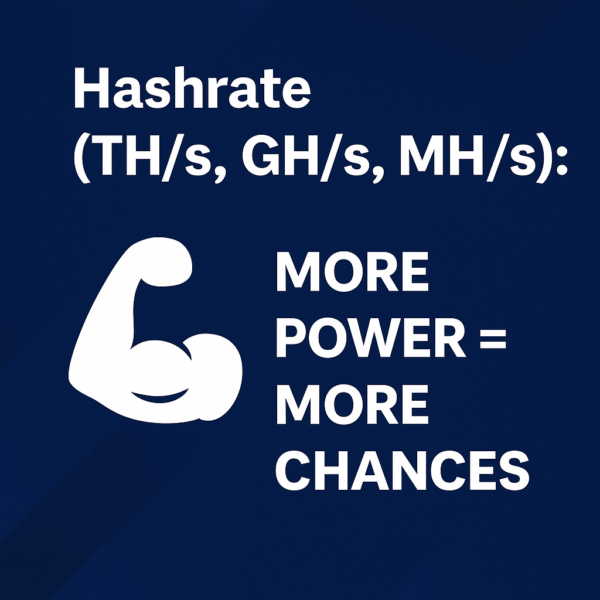
Hashrate is the raw processing power of the miner, measuring how many calculations it can perform per second.
* Higher is generally better: A higher hashrate means your miner contributes more to the network and has a greater chance of finding block rewards (when solo mining) or earning a larger share in a mining pool.
* Units: Terahashes per second (TH/s) for Bitcoin, Gigahashes per second (GH/s) for Scrypt/Kaspa, Megahashes per second (MH/s) for Ethash.
Energy Efficiency (J/TH, J/GH, J/MH): The Profitability Metric ⚡
This is arguably the most critical factor for profitability in 2025. Energy efficiency measures how much electricity (Joules) the miner consumes for each unit of hashrate it produces.
* Lower is better: A lower J/TH (or J/GH/J/MH) means the miner converts electricity into hash power more efficiently, directly reducing your operational costs.
* Calculations: Divide the miner’s wattage by its hashrate to get this figure. For example, a 3000W miner with 200 TH/s has an efficiency of 15 J/TH.
Electricity Cost: Your Golden Number 💸
Before purchasing, know your exact electricity rate (including all taxes and fees) per kilowatt-hour (kWh). This is the single biggest determinant of your mining profitability.
* Calculate: Use an online mining profitability calculator. Input the miner’s hashrate, power consumption, and your electricity cost to get an estimated daily/monthly profit. Be realistic about future difficulty increases and price fluctuations.
* Target: Unless you have access to extremely cheap electricity ($0.05-$0.07/kWh or less for Bitcoin), focus heavily on the most energy-efficient miners available.
Initial Cost (CAPEX): Balancing Budget and Performance 💲
ASIC miners are a significant upfront investment.
* New vs. Used: New, cutting-edge ASICs offer the best efficiency but come at a premium. Used miners are cheaper but typically less efficient and may have a shorter lifespan.
* ROI (Return on Investment): Use a profitability calculator to estimate your ROI period. Be conservative with your Bitcoin price predictions and factor in potential increases in network difficulty. A long ROI can be risky if market conditions change.
Noise Levels: A Major Factor for Home Mining 🔇
ASIC miners are notoriously loud, often producing 70-90+ decibels – comparable to a vacuum cleaner or a loud conversation.
* Home vs. Farm: For home miners, noise is a critical consideration. Can you house it in a garage, basement, or a sound-insulated enclosure?
* Hydro-Cooled Options: Some newer, higher-end ASICs feature hydro-cooling, which significantly reduces noise compared to traditional air-cooled units, but they often require more complex infrastructure (cooling loops, pumps, radiators).
Cooling Requirements: Managing the Heat Output 🔥
ASICs generate a tremendous amount of heat. Proper cooling is essential for hardware longevity and performance.
* Air-Cooled: Most common. Requires excellent ventilation, powerful fans, and often a dedicated space (e.g., garage, shed) to exhaust hot air.
* Hydro-Cooled: More efficient at heat dissipation and quieter, but require a more complex setup with external liquid cooling systems. Best for larger operations or dedicated mining spaces.
* Immersion Cooling: For very large-scale, professional operations. Involves submerging miners in a non-conductive dielectric fluid.
Size and Weight: Logistics of Placement 📦
Consider the physical dimensions and weight of the miner, especially if space is limited or if you need to transport it. Some large, multi-terahash miners can be quite bulky.
Manufacturer Reputation and Support 🏭
Stick to reputable manufacturers with a track record of reliable hardware and customer support.
* Leading Manufacturers: Bitmain (Antminer series), MicroBT (WhatsMiner series), Canaan (Avalon series), and IceRiver (for Kaspa ASICs) are prominent players.
* Warranty: Check the warranty period and terms.
Resale Value: A Future Consideration 🔄
While difficult to predict, consider the potential resale value of the miner. More efficient and well-known models tend to retain better value. This can impact your total cost of ownership if you decide to upgrade or sell.
Firmware and Software Management 💻
Research the ease of setup and management.
* User-Friendly Interface: Most modern ASICs have a web-based interface for configuration.
* Custom Firmware: Some models have community-developed custom firmware that can offer better efficiency or performance tuning, but this often voids warranties.
Future-Proofing (Relative Term) 📆
In the rapidly advancing world of ASICs, “future-proof” is a strong word. However, investing in the latest generation of energy-efficient miners gives you a longer competitive edge before being outmoded by newer technology or difficulty increases. Avoid older, highly inefficient models unless you have extremely cheap or free electricity.
Power Infrastructure Requirements 🔌
A single modern ASIC can draw thousands of watts.
* Dedicated Circuits: You’ll likely need dedicated 240V circuits for each miner (in regions with 120V residential power) or appropriate high-amperage outlets.
* Wiring: Ensure your home or facility’s electrical wiring can safely handle the continuous load. Consult an electrician if unsure.
Community Support and Documentation 🌐
A strong community around a particular miner model can be invaluable for troubleshooting, sharing optimal settings, and getting advice. Look for active forums, Discord groups, or Telegram channels.
Don’t Forget the Power Supply Unit (PSU) 🔋
Many modern ASICs come with an integrated PSU. If not, ensure you purchase a high-quality, efficient (80+ Gold/Platinum rated) PSU that meets or exceeds the miner’s power requirements. A good PSU impacts both efficiency and reliability.
Choosing the best ASIC miner is a strategic decision that balances upfront cost, ongoing operational expenses, and the dynamic nature of cryptocurrency markets. By carefully evaluating these factors, you can make an informed choice that maximizes your chances of profitable and sustainable mining in 2025 and beyond.



